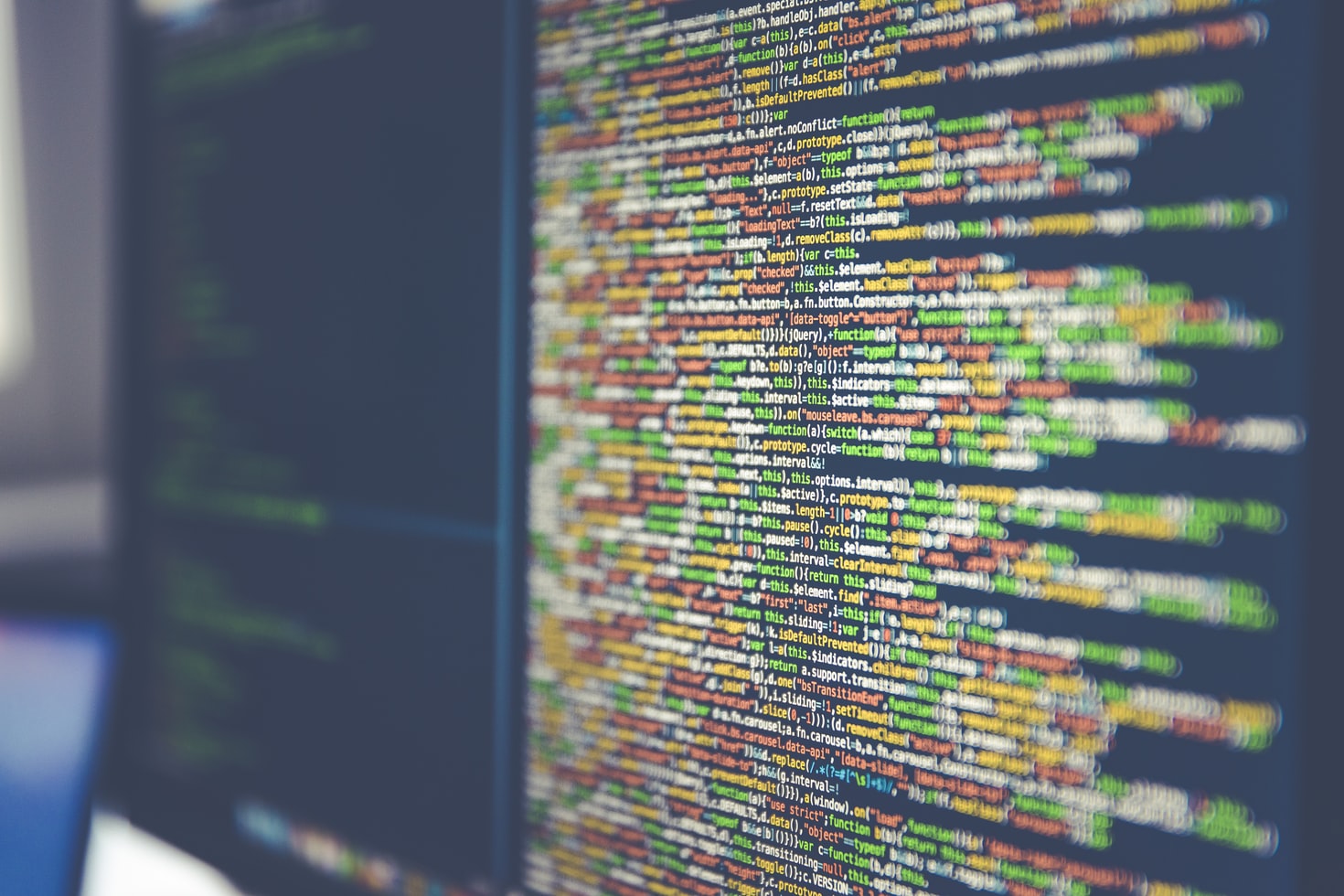Biotechnology has significantly improved the lives of modern generations both in terms of quality and lifespan. Young biotech companies can facilitate their research and experiment by introducing modern IT and ML technologies. In this article, we will uncover four examples of the solutions that biotechnology offers to optimize the use of resources by growing populations.
1. Allocation of scarce resources
Even though metals or oil can be the first things coming to our minds when we hear about scarce resources, in reality, water is becoming the main subject of conflict in the international arena. It may seem that we have enough water for future generations, but the scarcity of fresh water is predicted for the 21st century, in which we live just now.
While some biotech companies focus on metal extraction, CustoMem has decided to produce filters for polluted water.
2. Managing the spread of diseases
Just as people have become more resistant to certain common diseases, bacteria are becoming more and more sophisticated. The world of medicine has improved drastically, and now biotechnologies help to resolve newly coming challenges. One of the directions of research is aimed at delivering solutions to treat antibiotic-resistant organisms based on CRISPR/Cas gene-editing technology. The role of biotechnologies in COVID-19 spread is obvious. However, COVID-19 is not the first virus on the global stage. Dengue and Zika virus stay in the center of attention of some biotech companies in their investigation of control over microorganisms. Advanced IT solutions to support the biotech companies with their R&D is a vital part of control other diseases.
3. Food production planning
Environmental change is believed to be the main reason for future productivity loss in agriculture and food production. Allocation of land does not seem to be a solution these days as they lack nutrition, especially in the locations of the highest need.
Modern biotech innovations focus on how to feed future generations, and their solutions utilize microbes to increase the productivity of already existing lands. Optimized lands will be drought-resistant and less in need of fertilizers. Such companies as Golden Rice go even further by planning to enrich growing crops with extra vitamins.
4. Tackling pollution
Pollution was common even in the times when people relied on horses for transportation, however, today’s pollution has gone too far. The biotechnology industry works on the development of ways to turn pollution into history.
Developed states are constantly launching new initiatives in pollution treatments and encouraging companies to enhance the research. For instance, Carbios of France is one of the many companies striving for recycling all one-off plastic used by households.
This article is aimed at spreading awareness about scientific innovations to ensure the global public in the trustworthiness of biotechnology, as the only goal of the industry is to improve the life of humanity. Here we also would like to introduce one of the main research tools of biotechnology, Python.
So, how does Python help in biotechnology?
Working on microlevels requires subtle ways to manage data. For this reason, several biotech libraries help researchers to work with genome data, genetic databases (Swissport, FASTA, etc.), protein structure, and more. You can frequently come across the word ‘biopython’, which is the name of the most widely-used Python package for biotechnology purposes, widely used by the experts in biotech software development.
Below you can get familiar with the most common use cases of Python in biotechnology.
Phylogeny is responsible for tree representation. Special phylo addon depicts trees and treats intersections.
SeqRecord is the best choice, if you want to describe your sequences and give them a description, title, and feature properties.
Population genetics benefits from biopython greatly. The exploration and modeling of genes would hardly be possible without it.
Genome Diagram module ensures the accuracy of visualization and lets you download your plots in the most commonly used formats.
RNA structure is closely connected to DNA, and working with these structures is a gentle process. That is why biopython cares about their representation in a special way using bio.sequence.
We hope that this article will make you believe in the power of biotechnologies. If people become less skeptical about the field, humanity will have full control over the quality of our lives and our environment.

